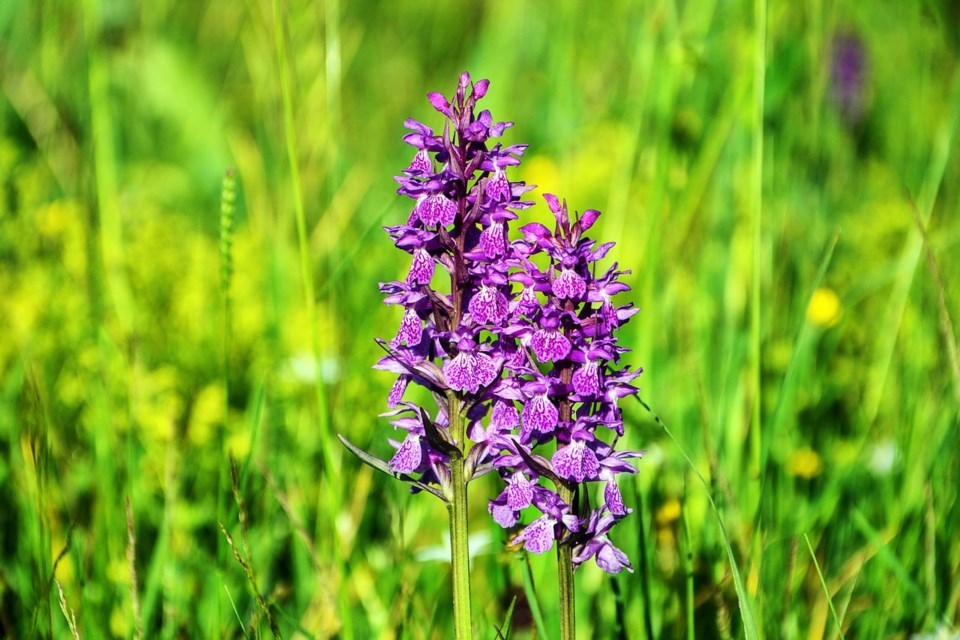Phalaenopsisorchids, commonly known as moth orchids, have become very popular and readily available in recent years. They are prized for their lovely sprays of blooms that can last up to three months.
The flowers come in white, pink, purple and even yellow, in pure colours or in combinations. The plants and the flowers range in size from large to miniature.
These tropical orchids originate in Southeast Asia, Taiwan, Australia and elsewhere. They are epiphytes, growing on trees where plant litter has collected, where they anchor themselves. They obtain food and moisture through their aerial roots, not from the trees. That is why they require a special growing medium, mimicking the plant debris in which they grow, not soil.
Moth orchids are great, easy-care houseplants if you follow a few simple rules. They require a high light level - an east or west facing window is best. They also do well grown under lights. Supplemental light is beneficial during our short winter days, but not essential. Normal house temperatures are fine, although they prefer slightly cooler nights. They require more humidity than our winter homes provide, so they benefit from regular misting of the leaves. Water when the growing medium is dry, allowing the water to flow through.
Do not let the pot sit in water, and do not allow water to sit in the crown of the plant. Fertilize from spring to fall every two weeks with a diluted orchid fertilizer. When repotting use an orchid mix, and any roots growing above the mix need to remain above the mix - they will die if buried. With proper care, your orchid can be in bloom most of the year.
Cyclamenare another house plant that is often sold in winter. This plant can be kept for many years with the proper care. Cyclamen bloom in winter, with bright, long-lasting flowers that float above the variegated, patterned foliage. When flowers fade, the leaves begin to yellow and drop. This is normal.
Place your blooming cyclamen in an east or west facing window, out of direct sun and away from heaters. Water regularly, preferably from the bottom, but do not allow the pot to sit in water. Fertilize every two weeks with diluted fertilizer.
Once the leaves turn yellow, stop watering. When the leaves are dry remove them, and store the plant in a cool, dark place for two to three months. Allow it to dry out completely during this time. Bring it back into the light, but do not water until you see the first growth. Then, resume watering and fertilizing. The plant has an underground bulb which stores food and water during the dormant period.




